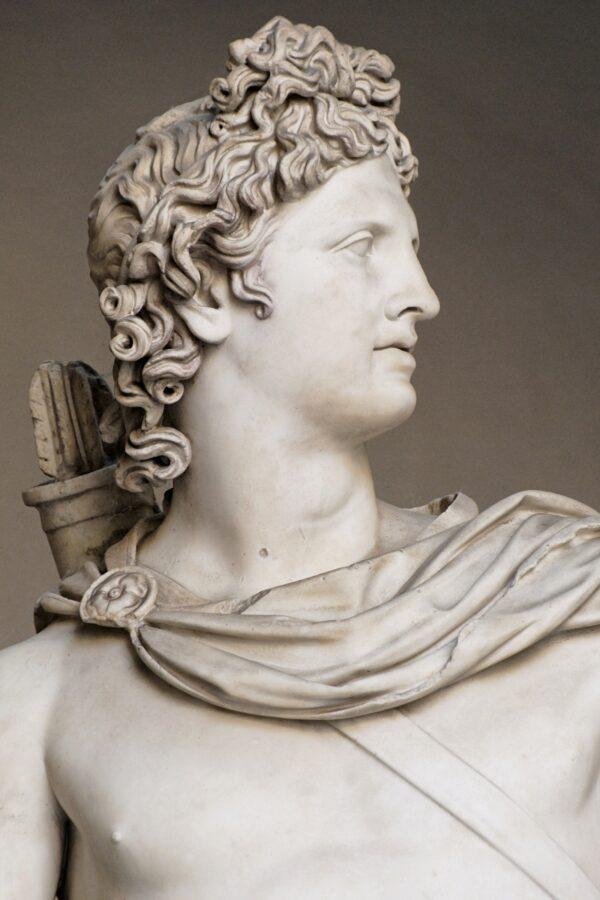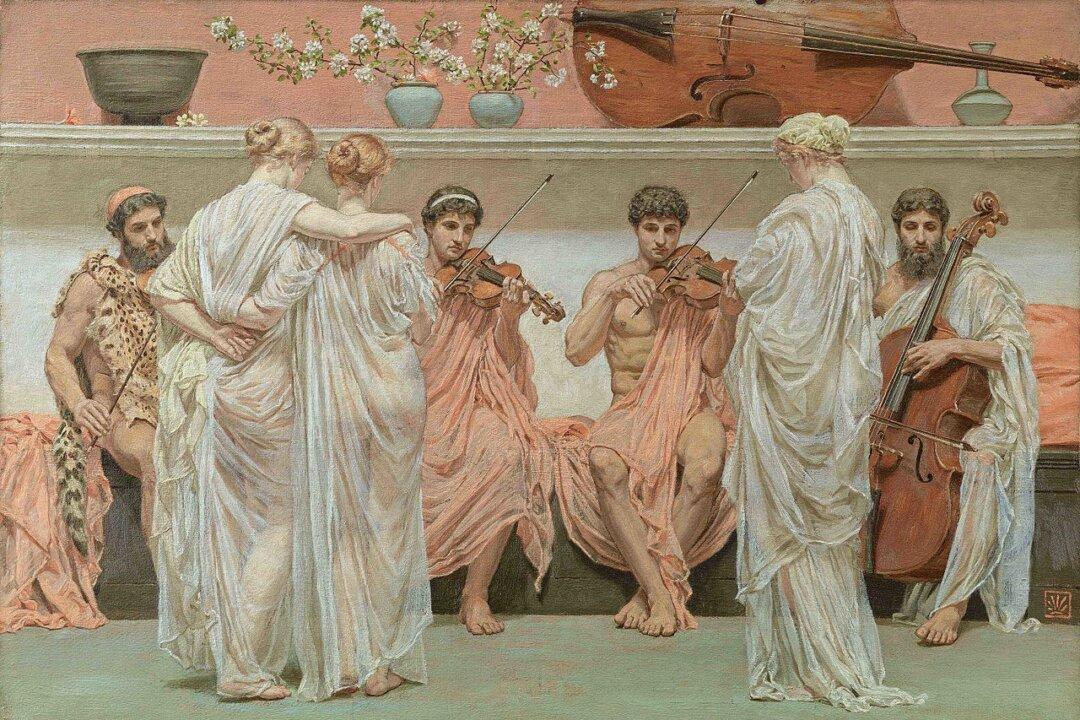Are we living now in a “classical” or a “romantic” musical era? I mean with a small C and a small R. The question may sound rather reductive in today’s complex musical world, but art, literature, and music history have long been understood in terms of those two essential elements: intellect versus heart, reason versus emotion, Apollonian versus Dionysian.

Detail of “Apollo of the Belvedere,” Roman copy after a Greek bronze original of 330–320 B.C., attributed to Leochares. Vatican Museums, Vatican City. CC BY 2.5






